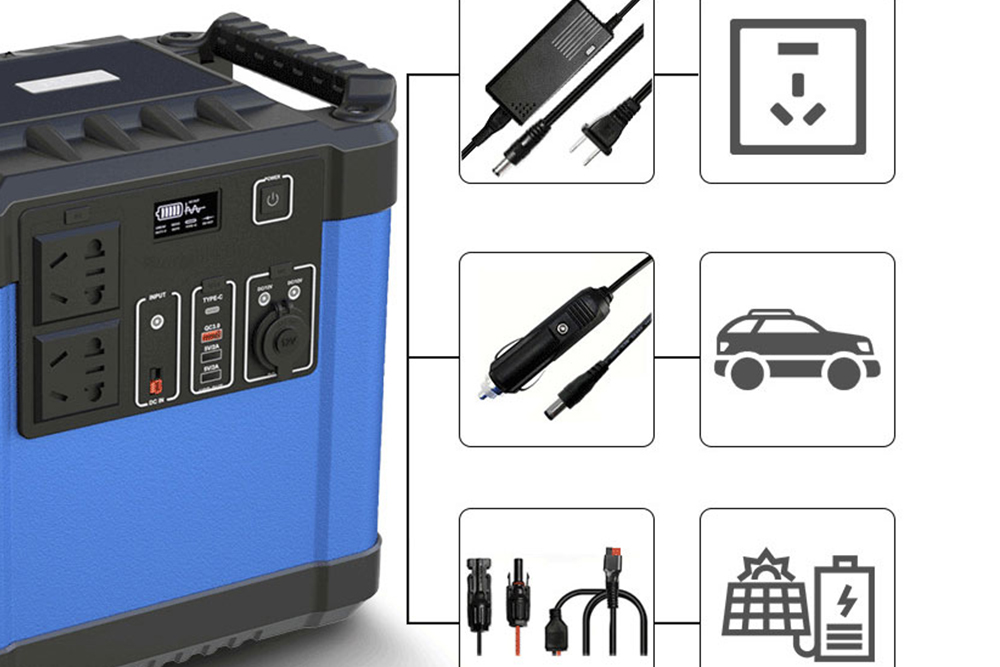When you purchase through links in our articles, we may earn a small commission. This doesn't affect our editorial independence.
Power supplies are simple, right? Just figure out how much power draw all your computer parts use, get one with a few more watts, and call it a day. Wrong! In addition to creature comforts like standard versus modular rails, you need to think about compatible sizes, brand reliability, and power efficiency. And with the new ATX 3.0 spec and the 12VHPWR connector for the latest graphics cards, it just got more complicated. To make it simple again, let Gordon and Adam walk you through your options in the latest PCWorld YouTube video. Portable Power Inverter

One of the things you shouldn’t do is buy a power supply that’s way more powerful than you actually need for your parts. Unless you know you’re going to upgrade to a more power-hungry CPU or GPU fairly soon, powering up a huge PSU for a computer that doesn’t need all that juice will just waste electricity. Go for something more practical to save money on your initial build and in the long run.
What about efficiency? In the context of PC power supply, efficiency is a rating by which the PSU converts alternating current (AC) from your home’s power grid to the direct current (DC) electricity that your computer uses. An 80 percent efficient power supply will convert 80 percent of AC electricity to DC. Higher efficiency is, obviously, better. The 80 Plus industry standard is a mark of efficiency — 80% is pretty much the bottom line — with the fancier 80 Plus tiers, Gold, Platinum, and Titanium, indicating higher efficiency at load, up to 94 percent. Note that a higher 80 Plus rating does NOT necessarily indicate quality or reliability, just measured efficiency.
Another way to measure the efficiency of a power supply is the Cybenetics rating system, which takes efficiency into account at much more variable levels. This is great if you’re building a PC that will frequently be used for more mundane tasks like email and basic text-based web browsing because it’s more indicative of the efficiency you’ll see when the computer is using less than half of its full power capacity.
Now, if you’re planning on building a PC with the latest Nvidia graphics cards, or one that’s capable of upgrading to them at a later date, you might want to get an ATX 3.0 supply with a 12VHPWR connector. (It’s also called 12-volt high power.) These connectors are capable of sending up to 600 watts on a single line (though not every power supply can push that much). It’s possible to use older power supplies with the latest graphics cards, but you might need adapter cables that use multiple 6- or 8-pin cables.
What about brand names? While we recommend that you avoid the kind of no-name brand Adam shows off in the video, power supplies are generally reliable across name brands. (In fact, a lot of these brands are buying from the same general manufacturers.) If there’s one that you’re comfortable with and that you trust, go with it! But that being said, a longer and more comprehensive warranty is obviously better than a shorter one.
For in-depth power supply reviews, we recommend our buddies at GamersNexus. For more guides on how to build the best PC you can, be sure to subscribe to PCWorld on YouTube!

Solar Energy Storage Michael is a former graphic designer who's been building and tweaking desktop computers for longer than he cares to admit. His interests include folk music, football, science fiction, and salsa verde, in no particular order.